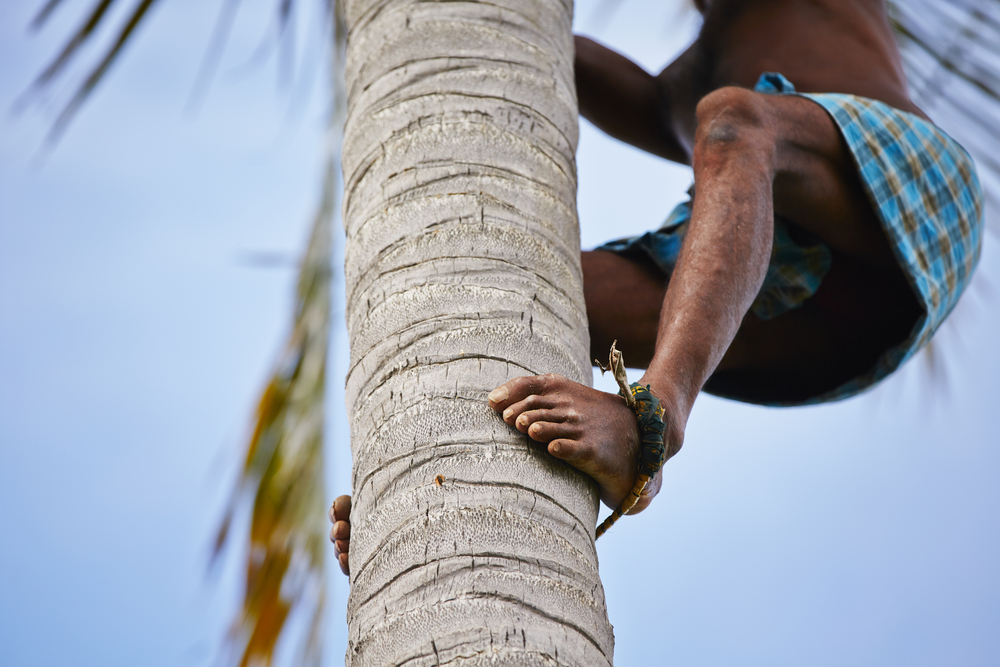Guidebook to Navigating the Foot Pain Trail.

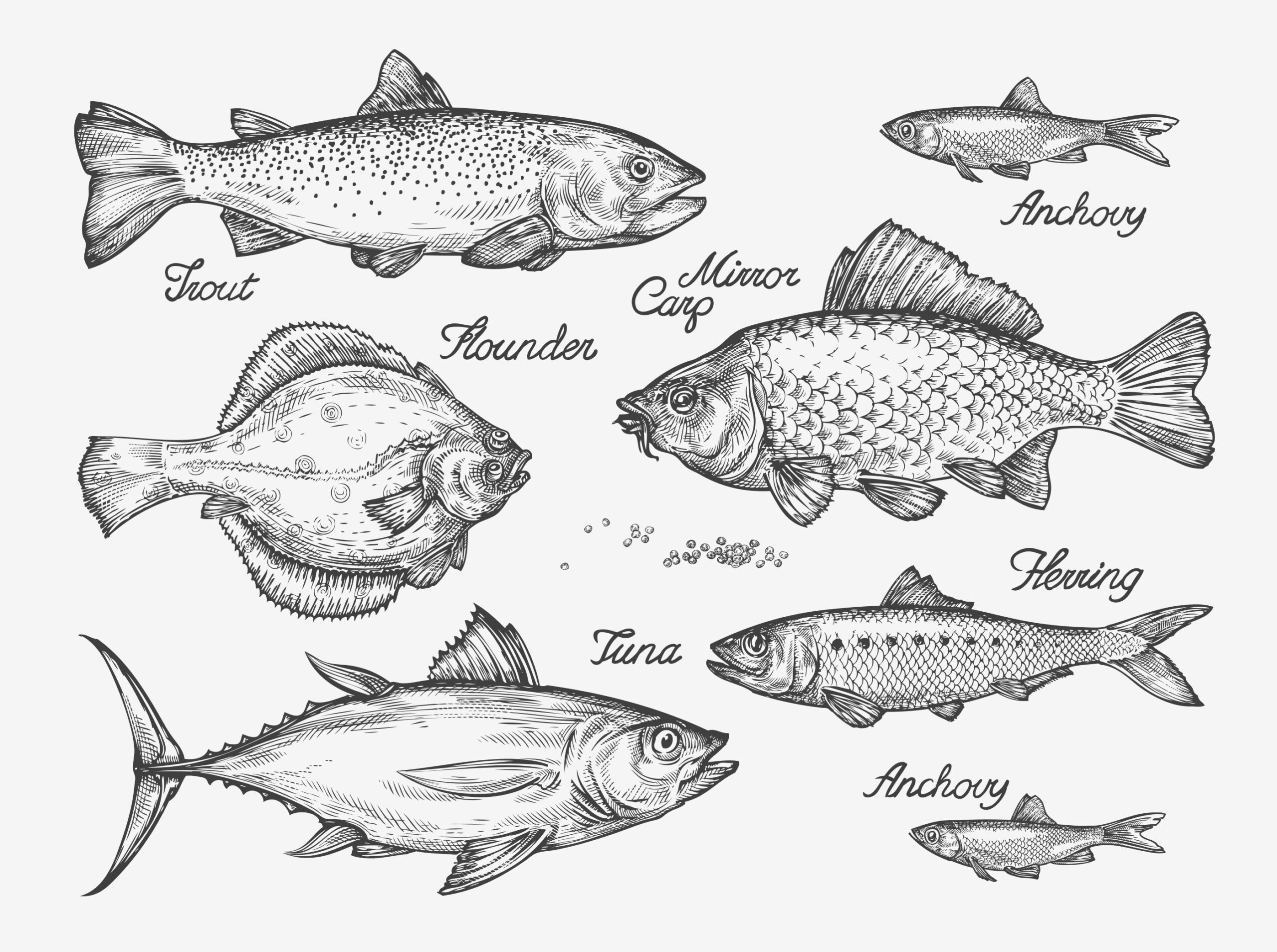
The Foot Pain Trail begins at the Hallux, another name for the big toe.
“Hallux” is from medieval Latin, “Allex”.
That meant herring to the Nord’s, thus aligning the Hallux to protector, and nurturer.
His dinner guests must have scrutinized the main dish! — but whomever named the big toe understood its significance.
Do-it-yourself people first seek to understand, then they fix it.
To fix foot pain, first we need to study the terrain, and the ecosystem.
This episode covers
- boney landmarks at the trailhead
- directional terms
- a booby trap, which often snares the big toe.
With a few weeks of practice on the new terms, you won’t stumble over them when they resurface.
In the next episode, we will encounter the key players of the big toe, and many of the same terms we will cover here.
The topography of the big toe starts off fairly flat, so even this guy is dressed okay.
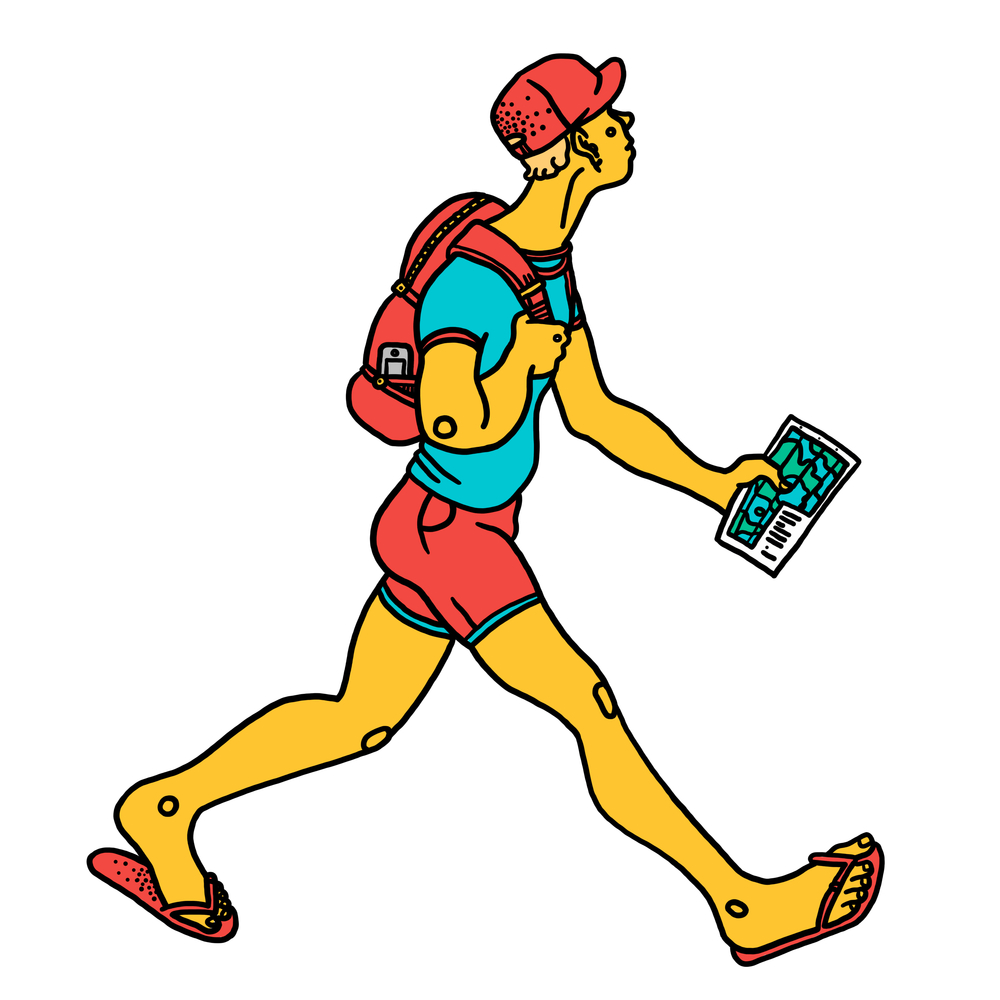
I’ll refer back to the anatomical compass a lot over the next ten sequels. So this page of the Guidebook will get very well-thumbed.
How to use the compass: Anatomical orienteering of the foot
- Plantar: The bottom of your foot, where you plant it on the ground.
- Dorsi or dorsal: The back of a body part (like the dorsal fin on a fish).
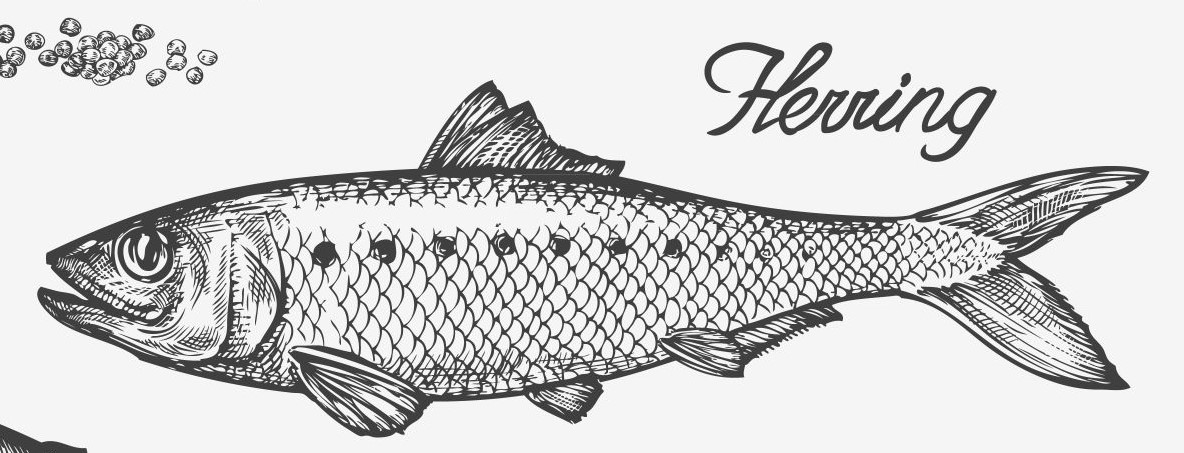
The big toe moves in two clear directions:
Massage therapists use the terms Extension and Flexion. Plantar-flexion is flexing your toe toward the plantar surface of your foot (right).
Extension goes towards the “back,” or dorsal side of your foot (left).
I would forgive you for seeing that as the top of your foot (or of a fish), but body-workers call that it’s back.
The big toe also moves in other directions:
Where a compass points East or West respecting magnetic north, body-workers refer to midlines:
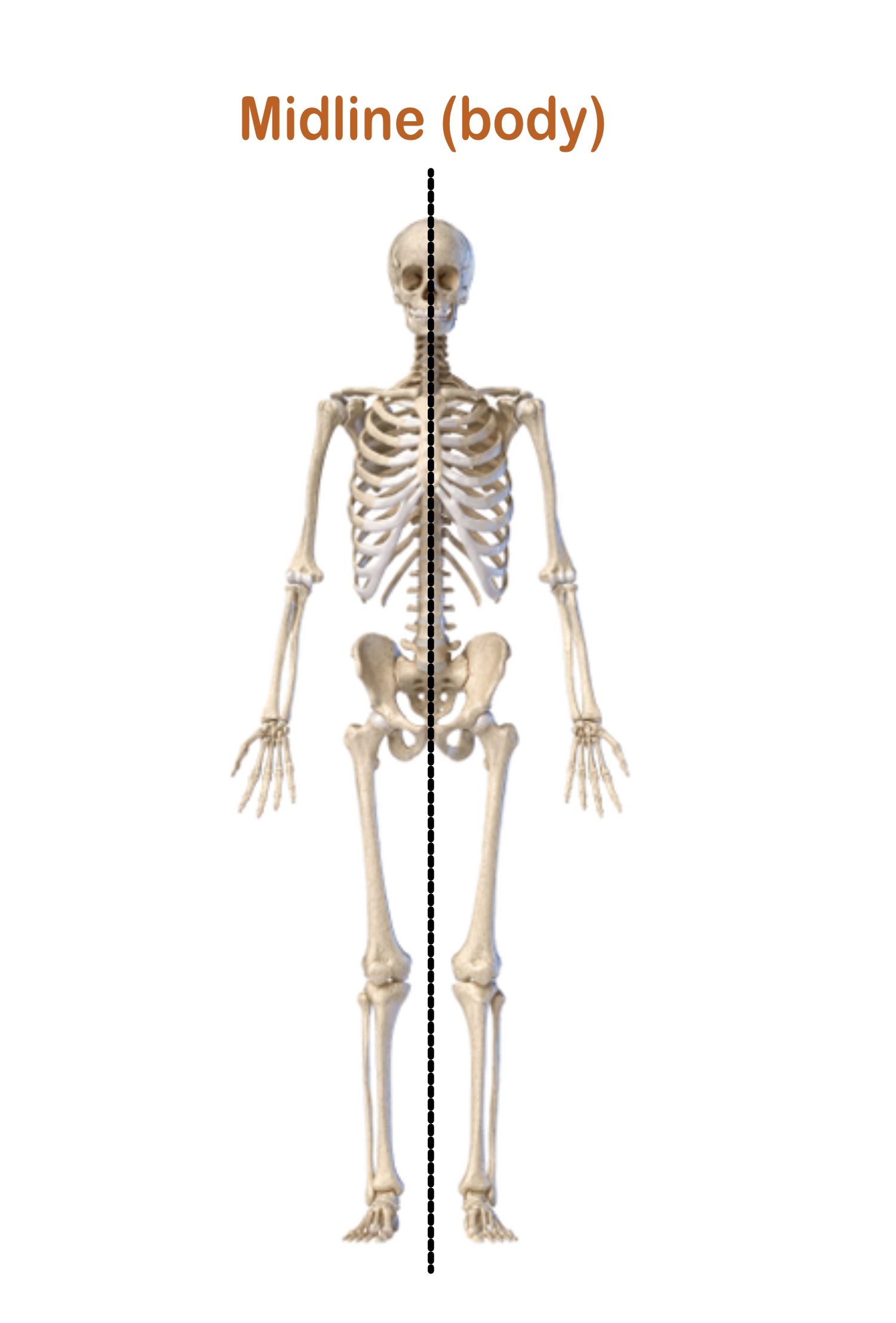
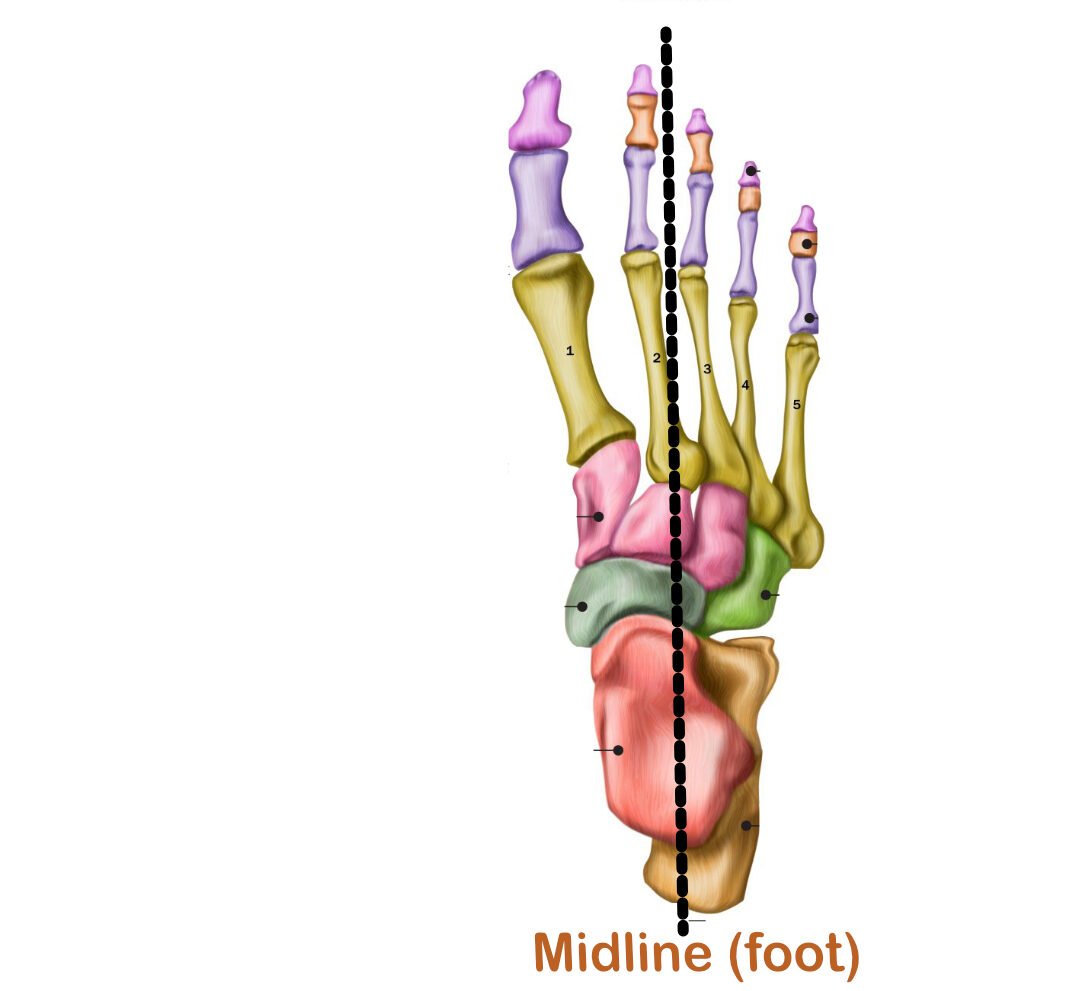
- Medial: Big toe side of the foot or the side closest to the body’s midline
- Abduction: Away from the foot’s midline
- Lateral: Small toe side of the foot. That is, the side furthest from the body’s midline
- Adduction: Towards the foot’s midline
Food for thought:
When did you last move your big toe into abduction?
(Find insight in the next episode).
Boney landmarks at the trailhead of the foot:
All big toe action happens at the foot’s three most medial long bones.
These bones articulate at condylar (condyloid) joints.
Built for movement, condyloid joints allow:
- flexion
- extension
- abduction
- adduction
- and (therefore) circumduction – a combined movement of the other four directions.
More about the condylar joint type here: https://radiopaedia.org/articles/condyloid-joint
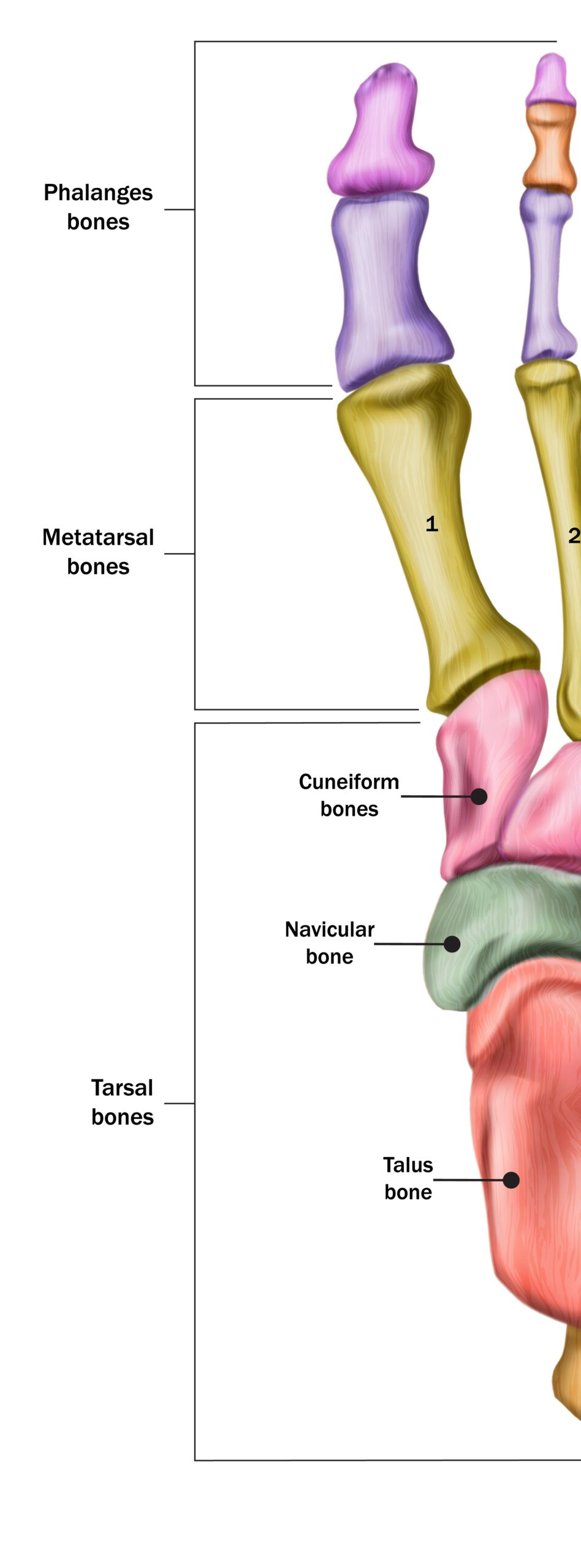
A design repeated in the hip, shoulder, big toe, and thumb:
As condylar joints are purpose built for movement, a team of short muscles help to hold them in place.
Muscular teams like this one underpin all movement-built joints: The hip, thumb, and shoulder all reflect this model.
The big toe’s muscular ecosystem holds it square. Anticipate encounters with these local fauna of our Foot Pain trail in the next episode!
The hallux provides a cornerstone for stable foot-bridges:
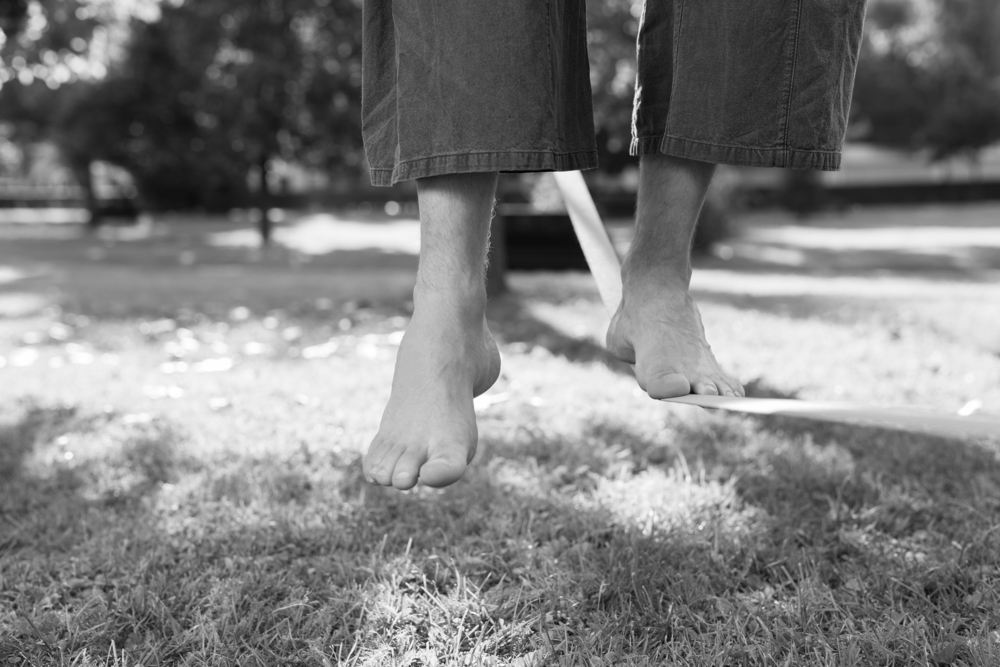
Later along this trail we will encounter an historic system:
A flexible bridge, (like a rope bridge) extends from the hallux, across the other toes.
A natural arch runs perpendicular to the rope bridge, (also from the hallux).
Our path follows this arch, which extends to the heel bone.
At the apex of the arch, we can watch the operation of an arc of interest in this natural system: The tarsal bones of the midfoot lock and unlock as the body’s weight shifts across them, back and forth to the toes or the heel of the foot.
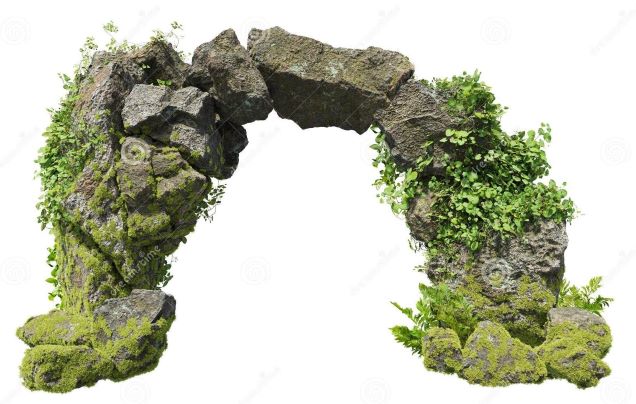
A booby trap for the hallux:
If the body’s weight uses a short cut across the bridge, it handicaps the team that hold the hallux square, and lays a boobytrap for the hallux, shifting it from position.
The result is a Bunion, which occurs at Metatars(o)Phalangeal junctions, jamming the joints in adduction.
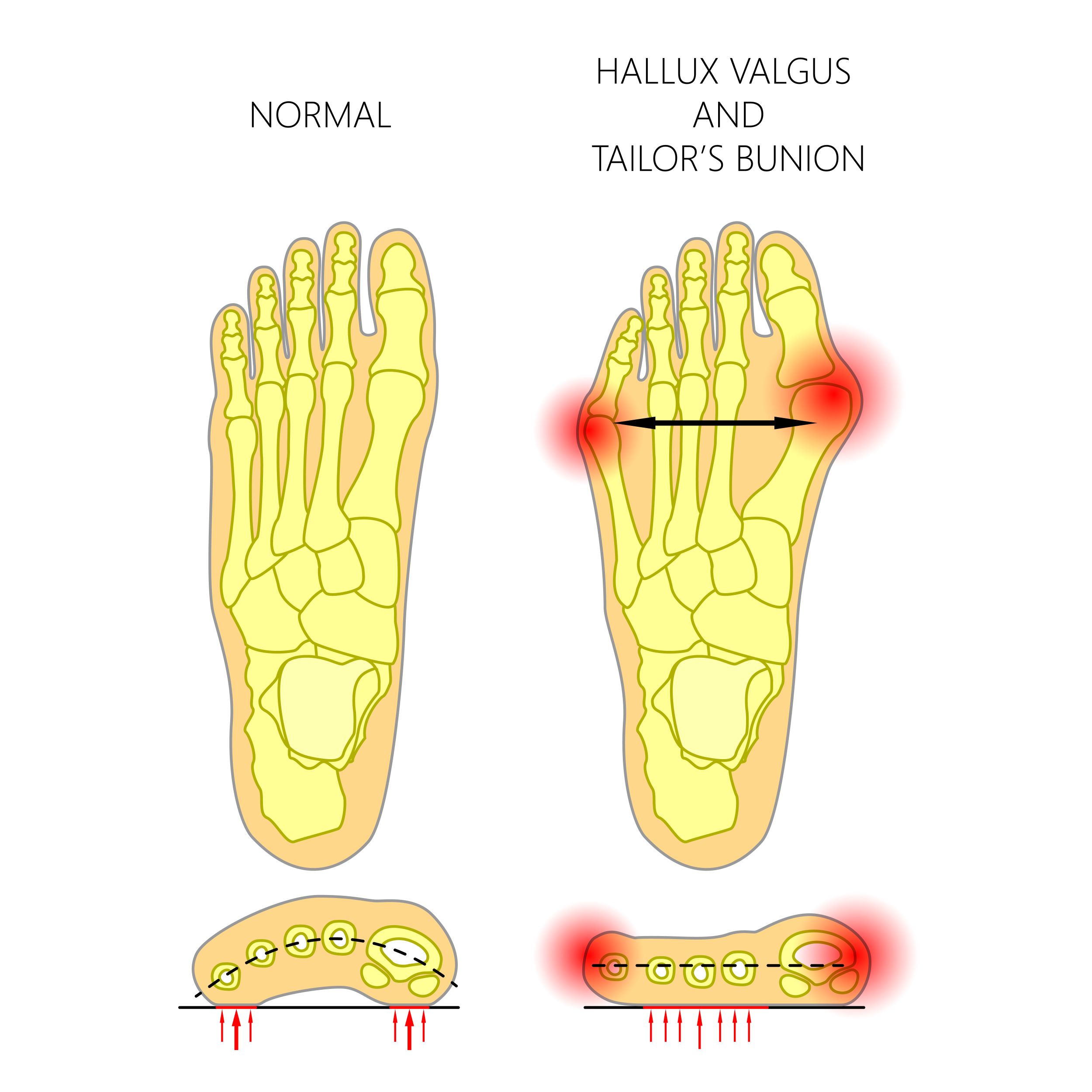
Hallux microcosm:
In the intro I mentioned that my left big toe wants to turn in. This is an age-related change that is in my family code.
“How irresistible is the genetic code anyway?”
It turns out, a lot.
The big toe is a microcosm: The body functions well when all joints in the sequence sit stably. That starts with a square hallux. So read on to learn how to activate the critical first step in the sequence.

